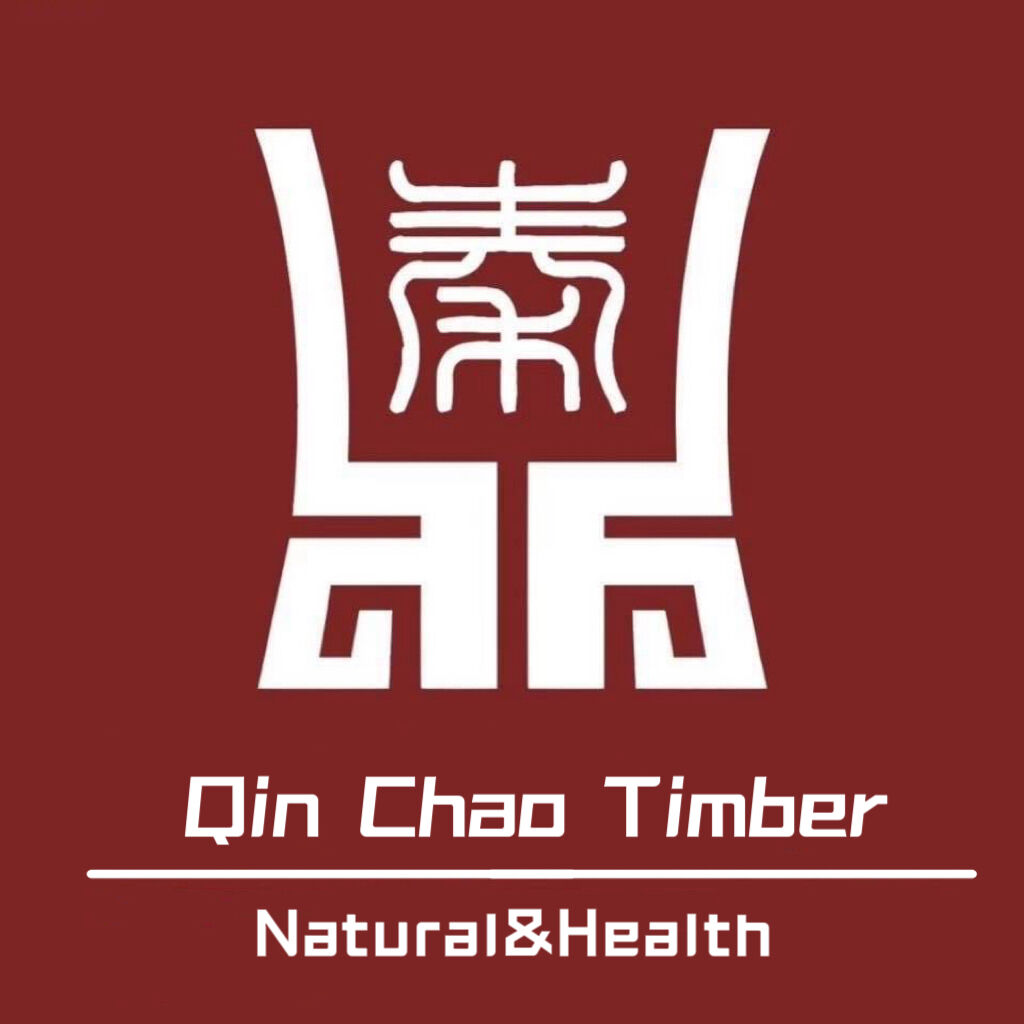The construction industry has noted an increase in popularity of thermally modified woods from consumers due to prolonged durability and beauty. This blog provides insightful information for builders and homeowners that thermally modified woods need less maintenance but have more applications.
Advantages of Thermally Modified Woods
When wood gets treated through thermal processes, something interesting happens at the cellular level that makes it much better at resisting moisture uptake, stopping mold from growing, keeping insects away, and generally slowing down decay. This kind of preservation lasts longer than traditional methods, so the wood stays good for years without needing those harsh chemical treatments that age over time. For people building decks or outdoor spaces, this means they get something that looks great but also stands up to rain, sun exposure, and other elements without harming the environment. Many homeowners find themselves drawn to these options because they want their property improvements to work with nature instead of against it.
Uses in Outdoor Decking
This kind of wood works great for all sorts of outdoor spaces thanks to its special qualities. We see it on backyard decks, along public paths, and even on busy commercial areas where people walk around. Thermally treated wood really stands out because it handles different weather conditions without falling apart. The wood doesn't warp or crack easily over time, so it keeps looking nice for years. That's one reason why many architects and construction crews choose it for their projects. They know they won't have to replace it as often, which saves money in the long run while maintaining an attractive finish.
Maintenance Tips for Longevity
Thermally modified wood doesn't require much work to maintain, but spending just a little time on it now and then really extends its lifespan. A quick sweep for dirt buildup, occasional sealing against water penetration, and checking for any signs of wear goes a long way toward preserving the material. For decks installed outside, there are certain things homeowners should do regularly to ensure they stay attractive and perform well over time. Most people find these tasks straightforward once they get into the routine, and the results speak for themselves when compared to untreated alternatives.
Comparing Thermally Modified Wood to Traditional Options
Thermally modified wood brings a whole bunch of benefits to the table when picking out materials for outdoor decks, but it's still worth taking a good look at what else is available too, like pressure treated lumber or those composite options we see everywhere now. Every type of material comes with its own set of pros and cons really. The thermal stuff just stands out because it looks amazing and actually does something good for the environment in the long run. People tend to forget how much difference there can be between these products though. Understanding where each falls short compared to others helps folks make smarter choices based on exactly what they want from their deck space without getting overwhelmed by all the options floating around.
Industry Trends and Future Outlook
There's still plenty of room to grow in the sustainable building materials market, which opens up big opportunities for thermally modified wood products. More people are looking for green alternatives these days, so we're seeing a real uptick in demand for this type of wood especially for outdoor decks and patios. What makes this material stand out? Well, manufacturers expect it to become even more popular over the next few years as new treatments emerge and companies start offering better quality options at various price points. Some experts predict that improvements in kiln technology alone could expand its use beyond just residential projects into commercial construction markets too.


 Products
Products